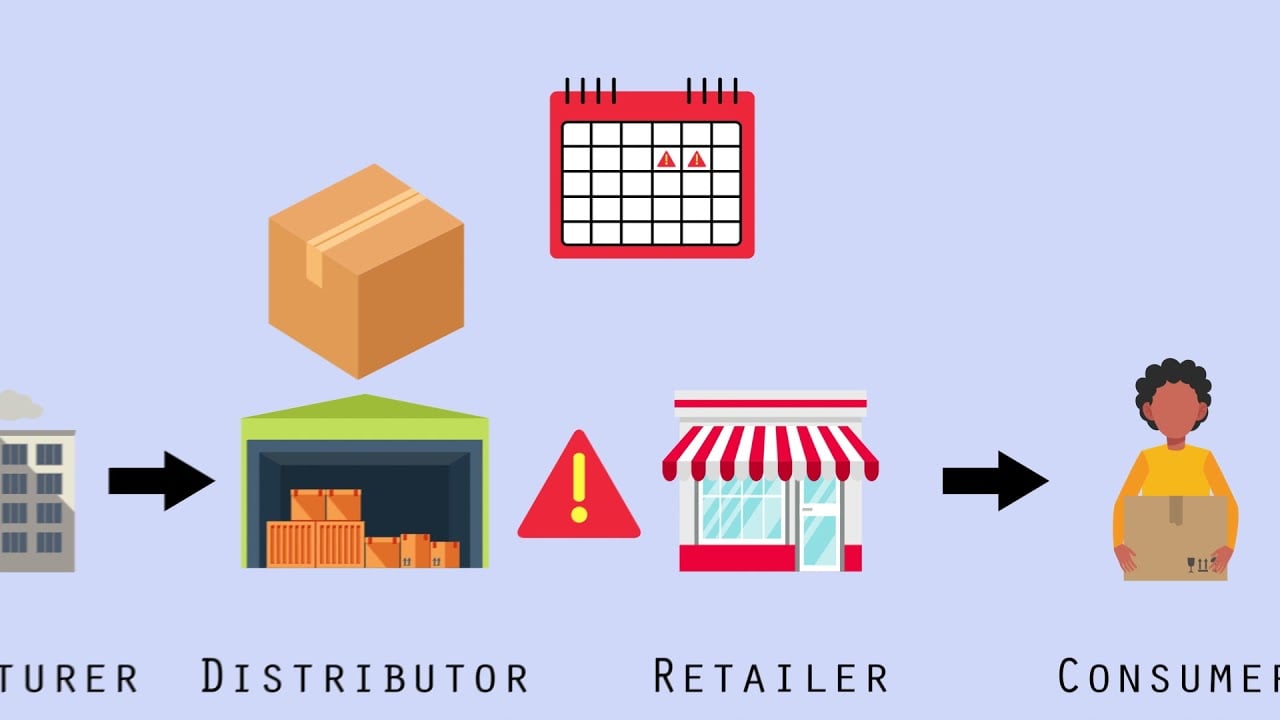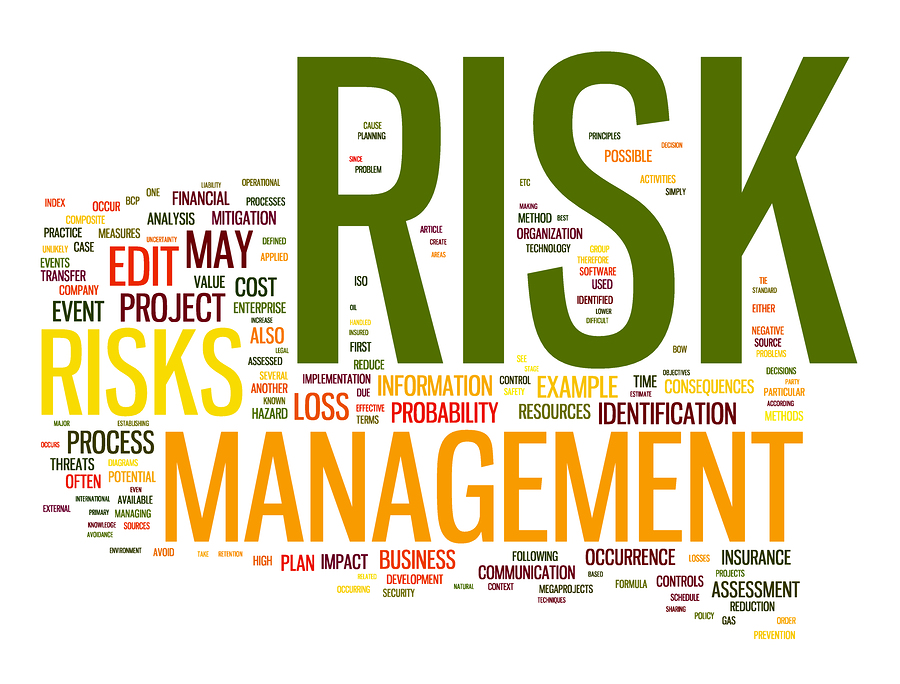When it comes to digital transformation, there are a number of risks that organizations need to be aware of. By not taking into account the potential risks, companies can end up making costly mistakes. In this blog post, we will take a look at the top 5 risk in digital transformation.

Table of Contents
What are the areas where digital transformation efforts can encounter risks?
There are certain areas where the process of digital transformation is more likely to get risks.
Multicloud or hybrid cloud infrastructures
As digital transformation initiatives pick up steam, many organizations are looking to multi-cloud and hybrid cloud infrastructures to give them the flexibility and agility they need to compete in the marketplace. However, this shift can also introduce new risks, particularly when it comes to governance of the cloud environments.
The most frequent risks we see here involve a misconfiguration of security settings, and insufficient detection. Besides, the risks also relate to response capabilities, and lack of visibility into activity across virtual machines and cloud services.
To address these risks, organizations need comprehensive governance frameworks that cover all aspects of their cloud deployments. Otherwise, they may find themselves struggling to keep up with the pace of change.
Digital supply chains and sales channels
One of the most vulnerable areas is the supply chain and sales channels. Here, a lack of clarity around a multichannel strategy can introduce a number of risks. For example, if a company decides to move completely to a digital sales channel, there may be a lack of strategy to enable the shift by the partner, customer, or consumer on the other end. This can lead to disruptions in the supply chain and a loss of business.

Additionally, if there is only one sales channel, it leaves the business vulnerable to changes or disruptions in that channel. As such, businesses should carefully consider their digital transformation strategy that minimizes the risks and smoothens the transition.
Internet of things (IoT)
The internet of things, or IoT, is one of the most transformative technologies currently underway. By connecting physical objects to the internet, it has the potential to revolutionize the way we live, work, and play. However, it also introduces a new set of risks. For instance, denial-of-service attacks have already been blamed on connected devices, and IoT strategies make way for entry points for hacking.
In addition, the vast quantities of data generated by IoT devices can be a tempting target for cybercriminals. As businesses race to embrace IoT technology, they must be mindful of these risks and take steps to mitigate them. With proper planning and execution, IoT can be a safe and secure part of any digital transformation strategy.
Automation and analytics
The chief risk components with analytics are the datasets being used by data scientists to train the models and the platforms where those models are generated. If these datasets are not of high quality or are not representative of the real-world data that will be encountered by the model, then the model is likely to perform poorly.
Additionally, if the platform on which the model is deployed is not able to handle the volume or complexity of data that the model will encounter in production, then again there is a risk of poor performance.
Some of the risks of automation can originate from an inability to scale fast enough or meet expectations. This can be especially true when deploying new analytics or AI models, as these technologies often require a significant upfront investment in order to be successful.
5 digital transformation risks to avoid
Having too fixed expectations on the digital transformation process
As organizations increasingly digitize their operations, they must be careful not to fall into the trap of expecting too much from the digital transformation process. While digitization can offer significant improvements in efficiency and productivity, it is important to remember that it is not a panacea.
There are a number of risks associated with digitization, including the potential for cyberattacks, data breaches, and technology failures. In addition, digitization can also lead to disruptions in workflows and business processes if you don’t have qualified personnel. As a result, it is important to manage expectations and set realistic goals for the digital transformation process, as well as have the right people for the jobs. Otherwise, organizations may find themselves disappointed with the results.
Lack of necessary skill set to back up the digital transformation campaigns
Any digital transformation initiative carries with it a certain amount of risk. One of the biggest risks is that your team lacks the necessary skills to successfully execute the campaign. Unless you have a team of experienced professionals who know how to bring new technology to market and get users to adopt it, you’re likely to struggle.
You need to make sure that your team has the right mix of skills, including project management, user experience design, and marketing. If you don’t have the right skills on your team, you’re setting yourself up for failure.
Close your doors too tight
As more and more businesses go digital, the risks of doing so alone are becoming increasingly clear. Without the help of a partner who understands the digital landscape, businesses are at risk of making costly mistakes that could hamper their transformation efforts.
For example, they may choose the wrong technology platform or invest in ineffective digital marketing strategies. Even worse, they may fail to take advantage of emerging technologies that could provide a competitive edge. By working with a partner who knows the ins and outs of digital transformation, businesses can avoid these pitfalls and increase their chances of success.

Not having enough guidance
Too often, organizations embark on digital transformations without enough guidance and end up squandering time and resources with little to show for their efforts. One of the biggest risks of digital transformation is not having enough guidance.
Internal teams may have deep domain expertise, but they also often lack the objectivity and perspective that comes from seeing a variety of different industries and organizations. As a result, they may be too close to the problem to see the best solution, or they may simply not have the experience needed to navigate the complexities of digital transformation. Without adequate guidance, digital transformations are likely to stall or fail, costing organizations both time and money.
Not proving actual values
One of the risks associated with digital transformation is failing to prove actual values. A common pitfall is lacking a clear hypothesis around value creation. This mistake often leads to funding projects that were executed well but still had no value associated with the win. Lacking a clear value proposition can undermine the entire digital transformation process and leave an organization feeling frustrated and disappointed.
To avoid this pitfall, it is essential to have a clear understanding of how digital transformation can create value for the business and invest in projects that are likely to generate a positive return on investment.
Actions to resolve risk in digital transformation

This is how to mitigate risks in digital transformation:
1. Rise risk ownership at the front line of defense
In many organizations, the responsibility for managing risk falls squarely on the shoulders of the top executives. However, in the era of digital transformation, this approach is no longer effective. The speed and complexity of digital change have made it impossible for senior leaders to anticipate every potential risk. Instead, agile teams working on the front lines need to own it and be accountable for it.
The importance is that teams on the front lines should have specific decision rights and focus on risk from the very beginning. By taking this approach, organizations can resolve that risk quickly and effectively before they have a chance to do damage.
2. Identify and control risks in an agile way
In a world that is increasingly digital, businesses must be agile in their approach to risk management. Traditional risk management practices are no longer sufficient to address the unique challenges posed by digital transformation. To resolve risk in digital transformation, businesses must identify and manage risk in a more agile way.
There are a number of risks coming along with digital transformation, including data breaches, cyber-attacks, and system failures. To mitigate these risks, businesses must adopt an agile approach to risk management. This means being proactive in identifying potential risks and quick to respond to them when they occur.
3. Modernize risk identification
Managing risk is a critical component of any digital transformation initiative. In the past, risks were identified using a variety of methods, including interviews, focus groups, and surveys. However, these methods are no longer effective in the modern world. With the advent of digital technologies, risks can now be identified using data analytics. By analyzing data from sensors, social media, and other sources, organizations can quickly identify risks and take steps to mitigate them.
4. Automate controls
As digital transformation becomes more widespread, the need for automated controls to manage risk has also grown. Automated controls can help to resolve risk by monitoring and testing compliance with risk-related requirements, and by providing visibility into risks across the enterprise. By automating risk controls, companies can improve their ability to identify and respond to risks in a timely manner. In addition, automated controls can help to mitigate that risks by corrective actions in the event of a breach.
5. Invest in shifting mindsets
Investing in mindset shifts is critical to resolving risk during digital transformation. This is because, as organizations undergo digital transformation, the risks they face also change. By doing so, organizations can ensure that they will have a good preparation for the risks they face and can prevent them from becoming setbacks during digital transformation.
6. Upskill and manage talent
By ensuring that employees have the necessary skills and knowledge to execute a digital transformation successfully, businesses can reduce the likelihood of errors and costly mistakes. Furthermore, by carefully managing talent during a digital transformation, businesses can ensure that key employees are not overloaded with work or pulled away from important projects.
To conclude,
While the rewards of a successful digital transformation are clear, there are also risks that businesses must consider and manage carefully. By understanding these risk in digital transformation and taking steps to mitigate them, your organization can confidently move forward with its digital transformation initiative. Have you encountered any of these risks in your own journey? What actions have you taken to resolve them? Let us know in the comments below.











